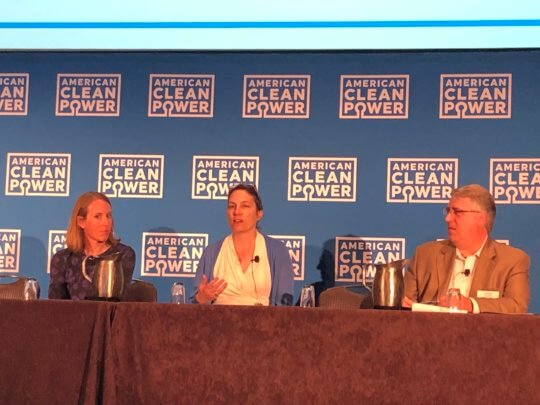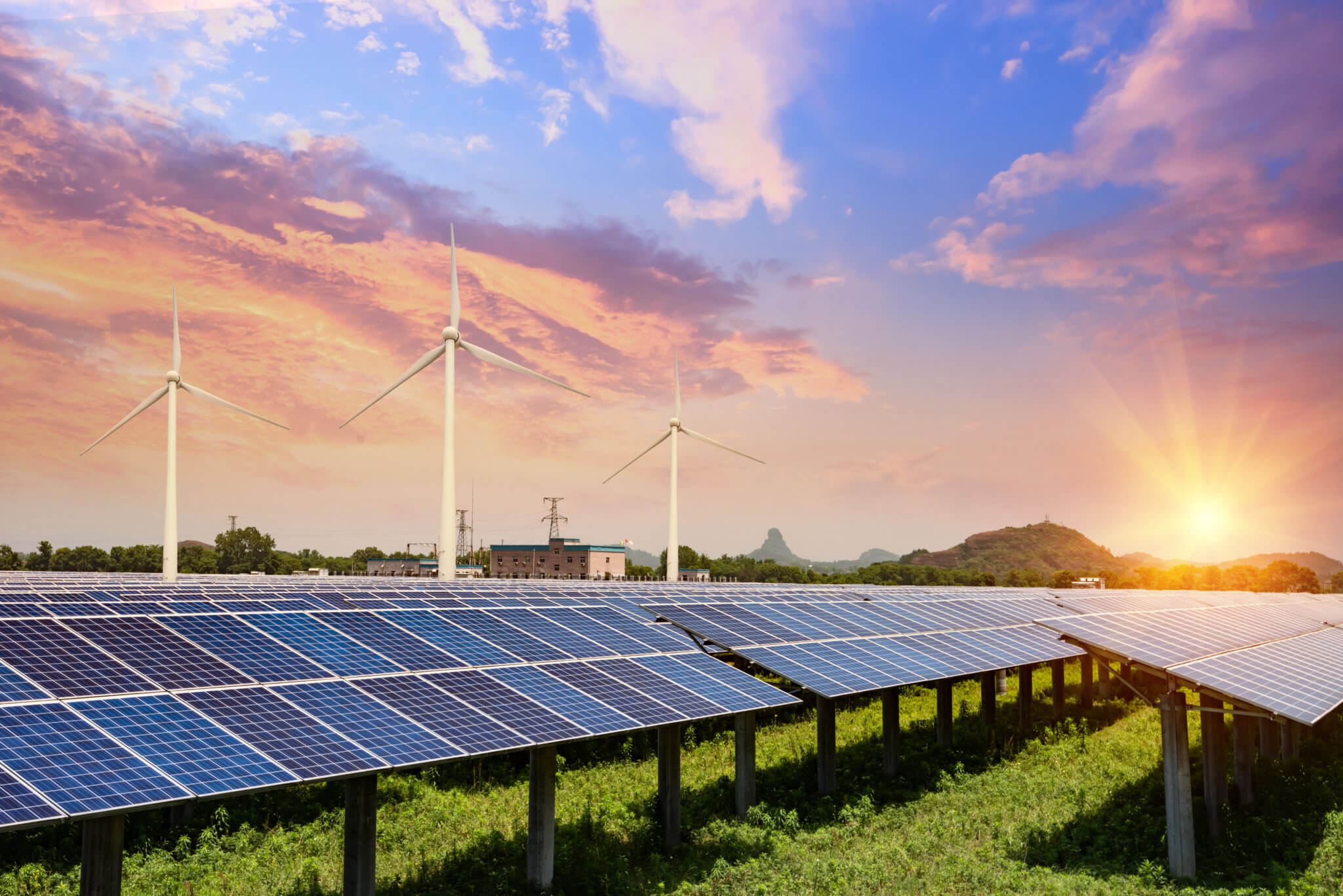Science Initiative Brings Industry Together to Solve Problems, Scale Solutions
Renewable Energy Wildlife Research Fund expands peer-reviewed studies to benefit industry
The Renewable Energy Wildlife Institute (REWI) was excited to convene with colleagues in person at ACP’s Siting and Environmental Compliance Conference near Austin, TX this March. Forward momentum was palpable as the community gathered to address how to scale renewables at the pace needed to meet urgent clean energy goals and unprecedented demand.
Science was at the center of discussions about how to tackle biggest challenges in the energy transition. As a green industry, professionals focused on the environmental aspects of scaling renewables to support conservation and climate priorities alike. It was fitting that the Renewable Energy Wildlife Research Fund was the focus of a panel session; the idea behind the wildlife initiative was born out of a discussion among industry colleagues at a past American Clean Power event.
The Renewable Energy Wildlife Research Fund is an industry-led initiative that advances scientific research on solutions to mitigate solar and wind-wildlife impacts. The Fund supports independent, peer-reviewed research to inform science-based solutions to top-priority solar and wind-wildlife challenges. A panel session featured Fund Partners Kyle Boudreaux of NextEra Energy, Allison Poe of EDP Renewables, Dr. Laura Nagy of Avangrid Renewables and was moderated by Sarah Aftergood of Ørsted.
In a dynamic discussion, panelists underscored key themes:
The power of pooled resources
Fund Partners described how the collaborative investment to pursue science priorities lifts the burden off individual businesses to benefit the industry as a whole. “As a biologist, I feel research is often what we need to find answers. But the scale of research we needed to do wasn’t viable for an individual company. We thought, what if we could pool the resources?” Laura Nagy explained.
“The Fund enables us to maximize our resources. When we combine our resources together, we get more complete answers,” added Allison Poe. “We’re all in this together, so it makes more sense to come together.”
The importance of science-backed decision making
Panelists highlighted how data-informed planning and decision-making optimize project siting, development, and operating strategies by mitigating risks that come with uncertainty and speculation. “Speculation can be a lot scarier than the data show,” Poe noted. “It’s much easier to go to upper management with data behind our proposals. Research brings credibility to our community and external stakeholders, including agencies.”

Fund Partners Allison Poe of EDP Renewables, Dr. Laura Nagy of Avangrid Renewables and
Kyle Boudreaux of NextEra Energy address attendees at ACP’s Siting Conference.
“The Fund is our opportunity to identify research gaps,” said Nagy. “The university-led research doesn’t always take the direction [the renewable energy industry] needs. This Fund is our opportunity to address the practical things that can help us. We can go back to U.S. Fish & Wildlife Service with a published paper, which helps USFWS support us.”
“We need data; independent, third-party, peer-reviewed research. We need a toolbox of solutions. Every project is unique and different. We renewable energy developers and operators need a toolbox of mitigation and minimization options to draw from,” said Kyle Boudreaux.
“There’s a balance between protection and progress policymakers are tasked with finding,” he added. “The Fund is addressing knowledge gaps that exist to enable policymakers to find the correct balance. Time is not a luxury that we have. There’s a sense of urgency.”
Evolving research priorities to match dynamic industry and conservation conditions
Of high relevance amid high-stakes conditions, partners discussed the Fund’s expansion to include solar and openness to evolving research priorities based on industry needs.
“Wind and solar are different,” said Allison Poe. “We have guidelines for wind but not solar. From a research perspective, the Fund is doing a great job of stepping back and saying: what do we really specifically need for solar as opposed to applying approaches we used toward wind.”
Panelists underscored that everyone in the industry can play a role in advancing scientific research.
“We’re all part of the solution,” said Boudreaux. “You can try to shoulder the burden on your own, you can wait for someone else to come up with a solution, or you can be an active participant in coming up with the solution. I challenge everyone in this room to participate. We need each and every one of you to participate.”
In closing, Boudreaux emphasized the Fund’s unique value and impact. “We’re in our fourth cycle, and we’ve raised over $3M for species research. The Fund came out of discussions here, at ACP. We had the idea to sit down and work together to create the Fund. We’re essentially business competitors. But we’ve pulled it off, and it’s actually working.”
To learn more about the Renewable Energy Wildlife Research Fund, past projects and new studies, visit: https://rewi.org/renewable-energy-wildlife-research-fund/
This is a guest blog post by Erin Greeson, who serves as Director of Outreach & Communications at the Renewable Energy Wildlife Institute, which manages the Renewable Energy Wildlife Research Fund.

